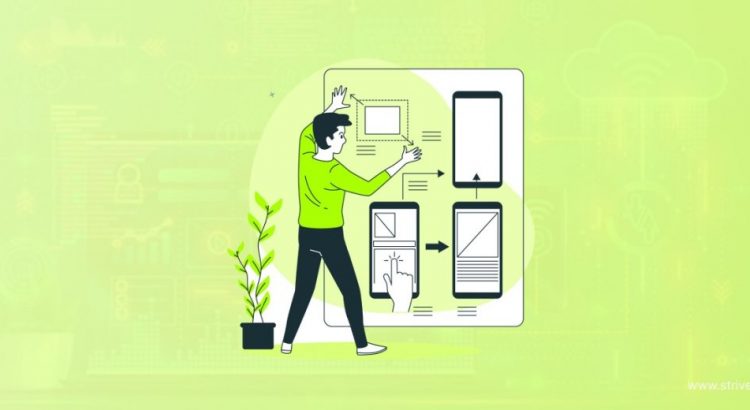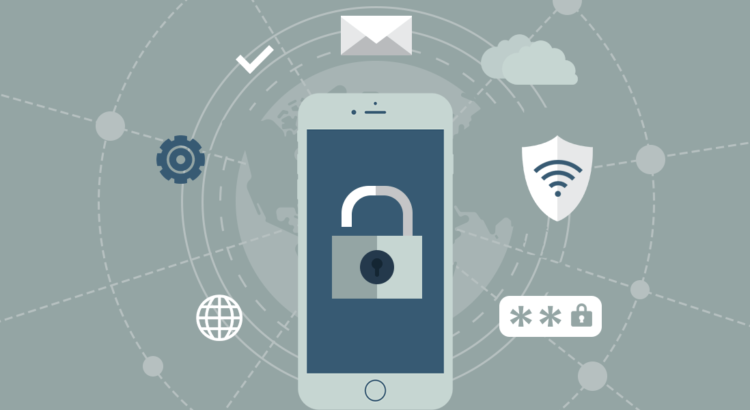While designing a digital presence, whether it is a site, or a mobile application, attractive graphics & appealing content are not the only things that matter. One feature of web & app design that a lot of designers still ignore is the requirement for good UED.
User experience design is normally used to define the usability of an app or the user interface. The true significance of UX design, although, goes further beyond that. UX design includes the entire procedure of software design & development. It comprises branding, functionality, integration, usability and design. UX design is the course of creating apps that are meaningful and relevant. Following are some to explain how UX design benefit a business-
UX Design boosts User Interaction – Generating content is not sufficient. You must build content that people would want to interact with. That comprises written content, advertisements, images, and calls to action. UX design comprises methods that encourage user interaction. These methods include creating content that will request to the target audience.
UX Design Creates Loyalty – It creates customer loyalty through a great experience. An easy-to-use app or site backed by good service will inspire a user to use it again. For this, a UX designer should create a customer journey map (CJM). This will map a user’s full journey through the app or site. This journey will be completely tested to guarantee that a user’s interaction with the product is smooth & trouble-free.
UX Design Creates Recommendations – Great UX design inspires word of mouth suggestions. The comfort of use of a well-made website or app and the efficacy of it will cheer people to articulate others for the product. A segment of UX design is making sharing simple. A free endorsement from a user is more influential than a paid for ad.
UX Design decreases Development Costs – UX design keeps a project in budget and lessens development prices. UX design comprises large user research, prototyping & usability testing. This make sure that development time is aimed on the zones of functionality that matter. This focused method means improved original design specs, less chance of feature creep, as well as more significant content. It momentously recuses the requirement for last minute enhancements and redesigns.
UX Design grows profits – UX design have a direct impact on bottom line. It is proven that 75% of people judge an application or website on its appealing design. People are more likely to purchase from a well-made app or website than they are from an unattractive one.





